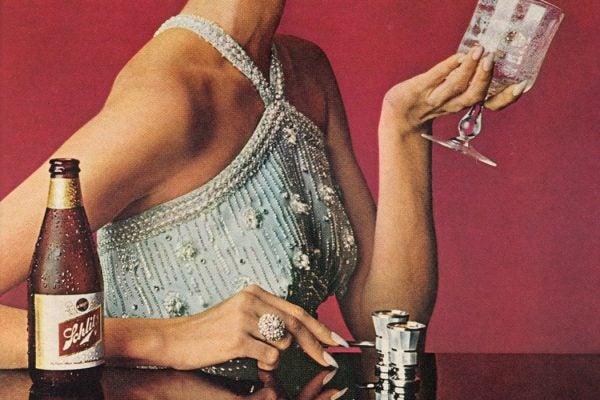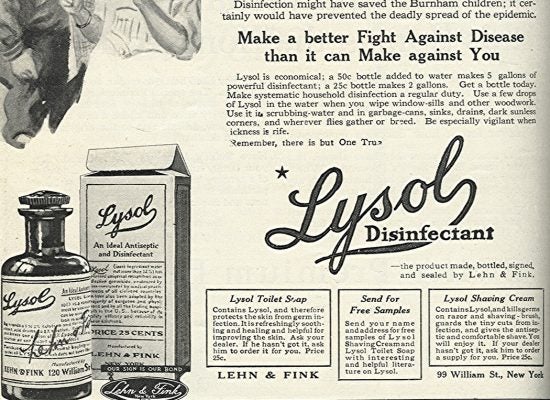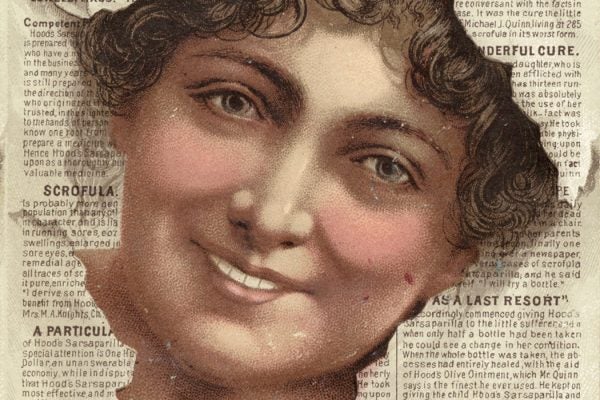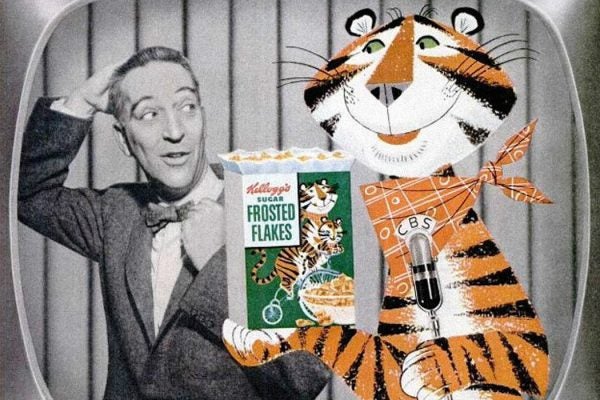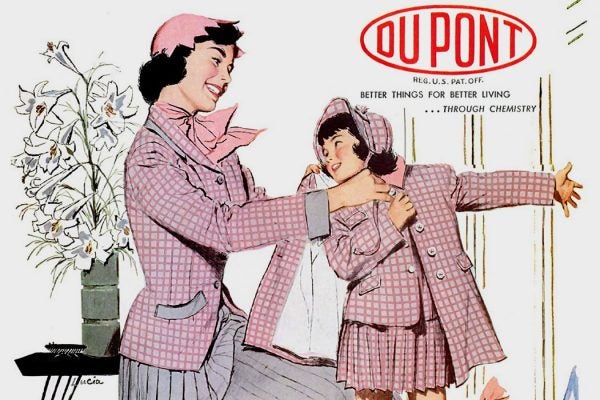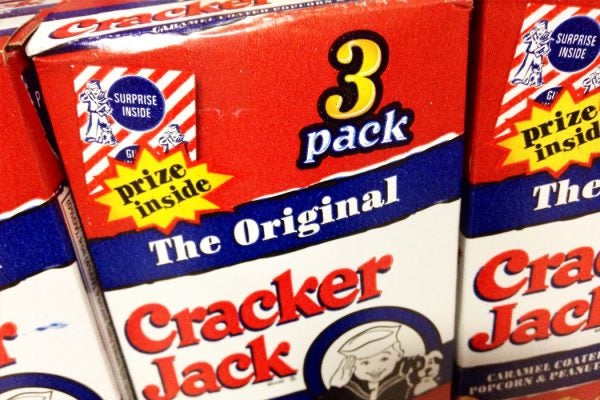Selling Hedonism in Postwar America
The hedonism of American consumer culture is the result of deliberate efforts by mid-twentieth century marketing experts.
When Product Placement Goes Wrong
It was a lesson brands could have used in the early 2000s.
Good Housekeeping Treated Advertisers as Health Experts
Good Housekeeping set itself up as a source of authoritative advice, but included ads for “health” products known to be harmful.
How the Ban on Medical Advertising Hurt Women Doctors
Intended to protect consumers from unscrupulous quackery, a nineteenth-century ban on medical advertising proved to be a double-edged sword.
How Dietary Supplements Can Cause More Harm Than Good
The real problem with useless vitamins and other supplements? A psychological side effect known as "illusory invulnerability."
Blame Your Inner Child For Your Brand Affinities
Research shows that the advertising we see in childhood stays with us for a very, very long time.
There Will Always Be a Market for Snake Oil
Even when we suspect the underlying root of an issue is complex, we tend to look for a quick fix.
What We Mean By “Better Living”
How advertising used the phrase “better living” to portray big business as a force for moral good and continuous progress.
The Invention of the Giveaway
The appeal of the free gift has always been, for the consumer, about the eternal dream of getting something for nothing.
Cutex Hooked Americans on Manicures
How a company that started off selling cuticle remover convinced American woman to paint their nails.
